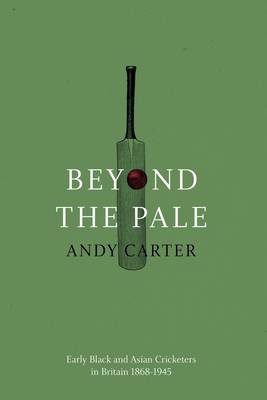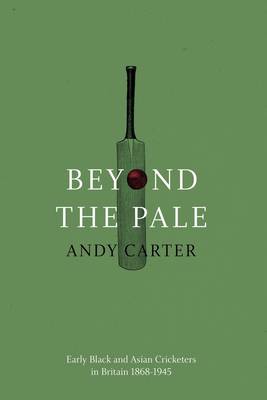
- Retrait gratuit dans votre magasin Club
- 7.000.000 titres dans notre catalogue
- Payer en toute sécurité
- Toujours un magasin près de chez vous
- Retrait gratuit dans votre magasin Club
- 7.000.0000 titres dans notre catalogue
- Payer en toute sécurité
- Toujours un magasin près de chez vous
Beyond the Pale
Early Black and Asian Cricketers in Britain 1868-1945
Andy CarterDescription
In the second half of the 19th century Britain ruled the largest and most culturally diverse empire the world had ever seen, yet non-European faces were a rarity in all but the larger port cities. For the majority of Britons, the colonies were seen as distant and exotic outposts populated by natives who were frequently characterised as alien and uncivilised.
Against this background, the arrival of a touring party of Australian Aborigines in 1868 caused something of a sensation. Initially viewed as a curiosity, they soon won the public over with their athleticism and demeanour. Over the following decades others followed in their footsteps; well off Parsee amateur enthusiasts in the 1880s, mixed race West Indian teams in the 1900s and the first Indian side composed of representatives of all her major communities in 1911. From the 1890s onwards the first individual Black and Asian players also began to appear for English club and county sides. They came from a wide range of backgrounds, some were princes others plantation workers, and their stories once they reached Britain were equally diverse.
All of their stories are part of a tale in which cricket - that most English of institutions - became a catalyst for multi-cultural Britain and helped shape emerging national identities in the Commonwealth.
Spécifications
Parties prenantes
- Auteur(s) :
- Editeur:
Contenu
- Nombre de pages :
- 298
- Langue:
- Anglais
Caractéristiques
- EAN:
- 9781838592028
- Date de parution :
- 28-01-20
- Format:
- Livre broché
- Format numérique:
- Trade paperback (VS)
- Dimensions :
- 156 mm x 234 mm
- Poids :
- 421 g

Les avis
Nous publions uniquement les avis qui respectent les conditions requises. Consultez nos conditions pour les avis.






